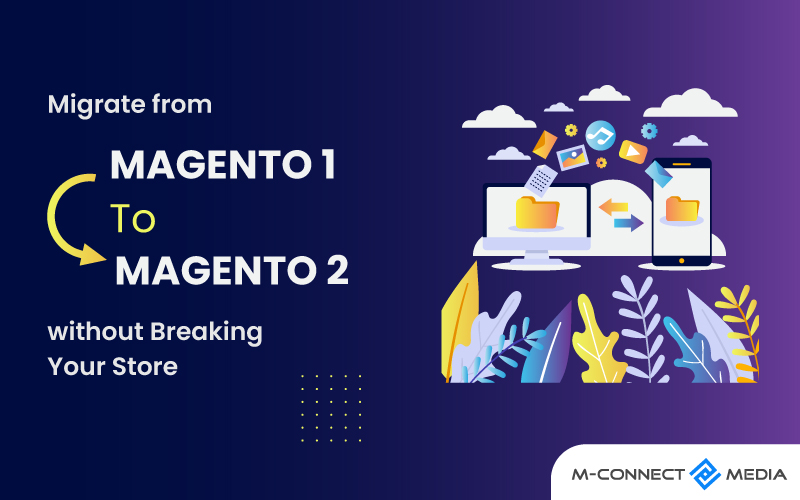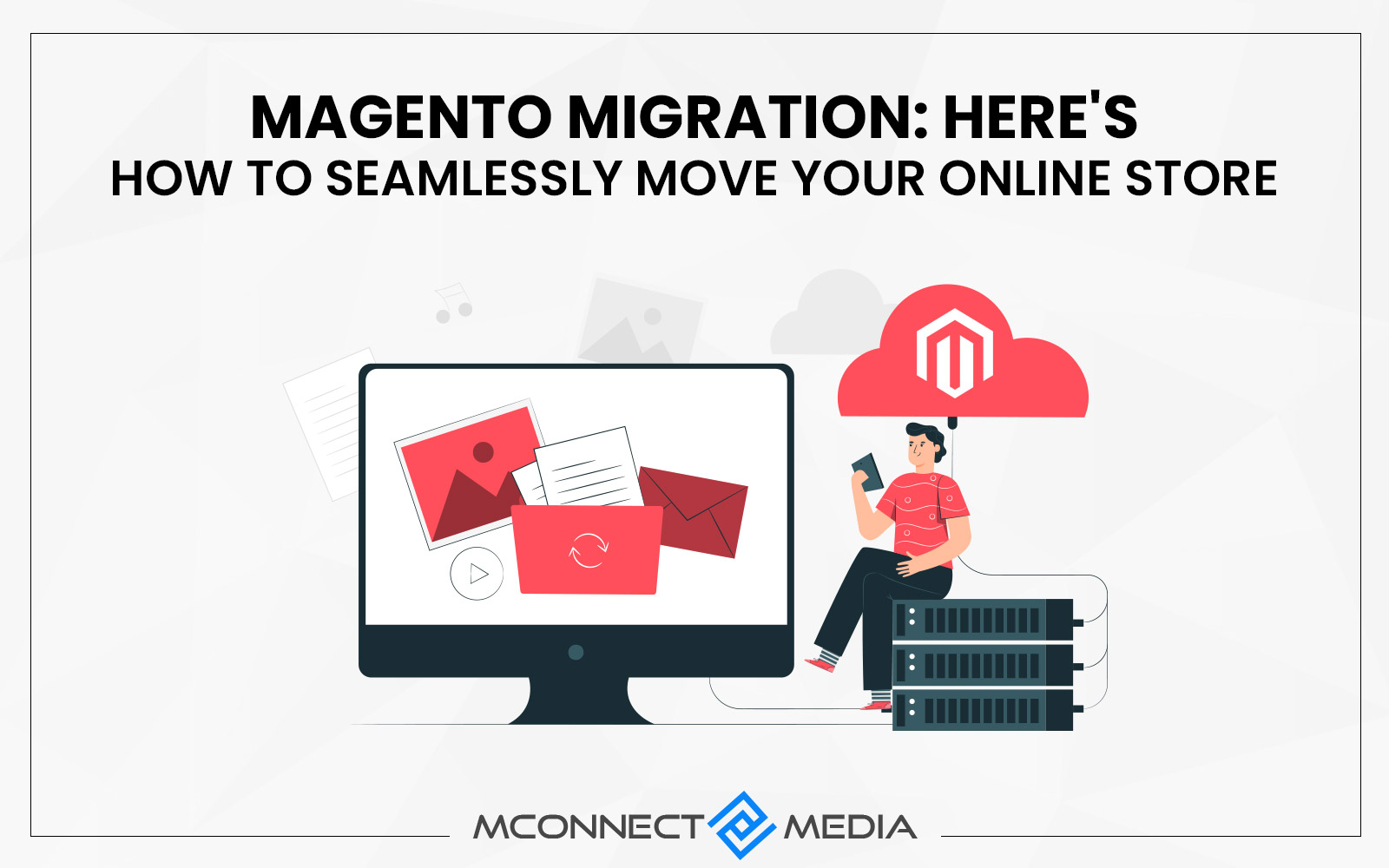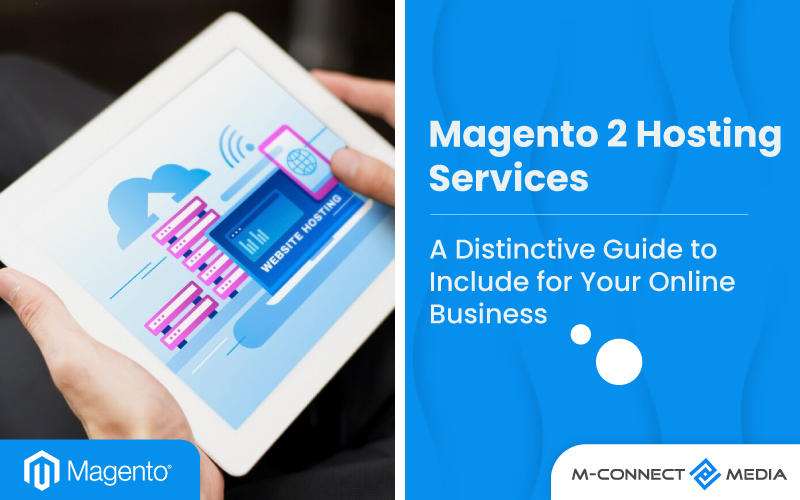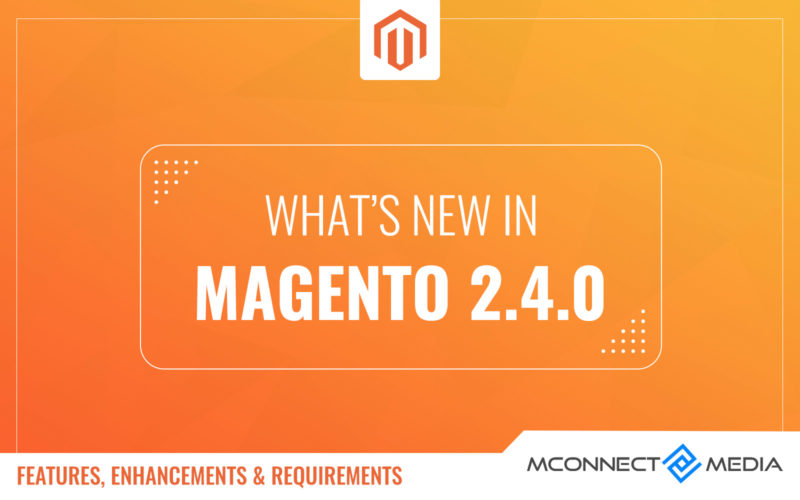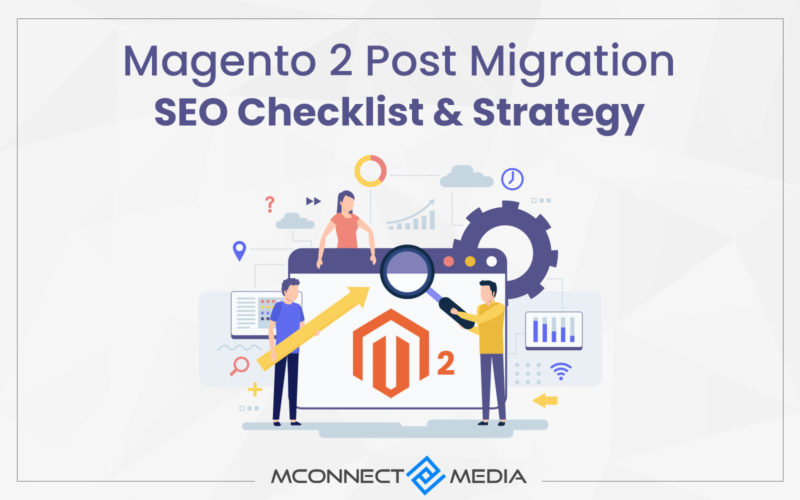Magento 2 offers various benefits like Advanced Security, PHP 7 Support, and Improved Performance & User Experience. You must be cautious during the upgrade from Magento 1 to Magento 2—any lapse in this results in the store’s functionality being hampered or possibly data loss.
People increasingly purchase products online, prompting corporations to create eCommerce websites and apps for small enterprises. Magento is a terrific platform for businesses to thrive and nurture their brand while seeking utility and structure.
Magento 1 is the e-commerce platform of choice for over 240000 businesses. When Magento 2 was first released, there was little fanfare from users. However, Magento 2 has evolved into an unbeatable digital commerce solution.
Magento 2 has resolved most of the major issues plaguing Magento 1. This article will assist you with the Magento 2.0 transfer without disrupting your online shop. There will be no downtime, data loss, speed loss, or performance difficulties.
Important Points to Consider Before Migration
Protecting during migration is preferable to avoid severe problems such as data loss or storage malfunction. Before a successful migration, a developer should consider and implement the following points or suggestions before beginning the migration process:
- A full backup of your Magneto 1 store is required. All files, folders, and drives should be included in this backup.
- Completing analysis of the present store is recommended. Before beginning the migration, unnecessary data should be removed.
- It would be best to create a clone of your present Magneto 1 shop for the migrating step.
- Remember that you should not use the live shop for the Magento transfer procedure.
- Check the compatibility of current Magento 2 themes, custom scripts, and extensions.
- Before relocating, thoroughly examine the shop. Also, attempt to move only the necessary files to Magento 2 and avoid transporting extraneous data.
- You must delete obsolete and worthless data from the Magento 1 database, such as logs and recently viewed products.
- It is vital to check the compatibility of your current store’s themes and extensions with Magneto 2.
- Setting up a replica of the Magneto 2 store on the same server as its predecessor is important.
SEO Analysis Before Magneto 2 Migration
The first issue for the business owner is concern about losing traffic, which eventually leads to conversion loss. To address this issue, they should audit SEO before migrating from Magneto 1 to Magneto 2.
The following SEO analysis must be considered during Magento 2 migration.
Analyze Google Analytics
The first step is to Analyze the Google Analytics account. To do so, navigate to your Google Analytics account. Set a date range that includes at least the last six months. The date range area is in the upper right corner of your Google Analytics screen.
While reviewing Google Analytics, look for the web pages that drive the most traffic to your site. This allows you to identify the most significant web pages that may be given extra care and attention during the transfer process.
Analyze Google Search Console
The second thing you should analyze your Google Search Console data. It would help to look for top-performing website keywords when reviewing Google Search Console data.It allows you to identify essential keywords and impressions, and keep them during the transfer process.
Log into your GSC account and click Performance > Search Results to check your term. As a result, you can determine whether top-performing keywords stay stable once you store Magento 1 to Magento 2 migration.
Fix The 404 errors
You should verify the index coverage area for any 404 problems and rectify them before commencing the upgrade Magento 1 to 2 procedure. To examine your 404 error file, go to Google Search Console and the index>coverage section. Check for 404 problems on your website and solve them before beginning the transfer process.
Analyze Robots.txt file
Analyze the robots.txt file to ensure you are not obstructing the.js or other media assets. If you are, you must unlock them. You may verify if any robots.txt files obstruct other media files by appending /robots.txt to your home page URL.
Analyze Sitemap.xml file
Ensure that your sitemap.xml is up to date and matches the website’s structure. You may check if the sitemap.xml is updated and connected with your website by appending /sitemap.xml directly after your home page URL.
Analyze Canonical Tags
Check that you have properly placed and allocated canonical tags for your website’s static pages. In the case of duplicate pages, canonical tags ensure that the link is passed to the correct pages.
Don’t Alter Meta Tags
During the Magento 1 to Magento 2 migration process, keep your Meta Tags, MTs, MDs, and H1 the same since this may influence your SERP results.
Also Read: Must Consider Magento 2.4.6 Release Notes Before Migration – Key Features
Magento 1 To Magento 2 Migration Process
To make a successful transition, you must first understand the migration process. According to the Official Magento Migration from 1 to 2 Documentation, the migration process is broken into four primary steps, which are listed below:
Theme Migration is the initial stage of the migration process. As a developer, you must realize that you cannot move the prior Magneto 1 theme to Magneto 2. Rather, you’d have to start from scratch in Magneto 2 and format it to be compatible with the prior theme.
Magneto Extension Migration is the second stage of migration. Extensions are essential that affect how online business functions. As a developer, you will install the necessary Magneto 2 extensions at this point. It should be noted that your Magneto 1 extensions will not work on the later-released equivalent.
Customization is the third stage of migration. The custom code from Magneto 1 profile is converted to Magneto 2 using code migration tools. However, owing to variations between the two versions, you will need to adjust further to make the custom code work.
Magneto Data migration is the final stage of the migration process. Using a data migration tool, transfer your settings from Magneto 1 to Magneto 2. Using commands, you may easily migrate Magneto 1 to Magneto 2 data from your storage to the newest version.
Also Read: Common Issues That Occur After Magento 1 to Magento 2 Migration
Final Thoughts
The migration from Magento 1 to Magento 2 without destructive code on the store is easy if you carefully follow each step. By doing so, you may minimize cart abandonment and enhance sales using your new Magento 2 platform.
With responsive design, you can quickly capture the attention of mobile users and enhance your website traffic. You must first transfer the theme, then extensions, then customizations, and lastly, data storage. Improve your business by increasing responsiveness with good client involvement.
Still don’t want to take a chance? Consider bringing your issue to Mconnect Media, as we offer the best Magento 2 development services. Business owners should employ a Magento expert for work. Our Magento dedicated team is always available to provide you with the finest answer.
Magento 1 To Magento 2 Migration FAQs:
May also Read: Magento 1 to Magento 2 Migration : Frequently Asked Questions (FAQs)
- How long does the migration from Magento 1 to Magento 2 take?
Migrating from Magento 1 to Magento 2 takes between 50 and 790 hours, or around 4 months on average.
- What exactly is migration in Magento 2?
Magento 1 to Magento 2 migration is a service that includes the transfer of design, extensions, databases, and custom functionality from the Magento 1 platform to the Magento 2 platform, which requires a certain degree of technical expertise.
- Why should I upgrade to Magento 2?
It would help if you converted your store from M1 to M2 for several reasons. The essential factor is that Magento 1 is no longer supported. If your M1 store becomes susceptible, you will have fewer chances of recovering it.
- What is the cost of migrating from Magento 1 to Magento 2?
The prices range from $50 and $150. Hiring a developer to install and set up the new theme will cost a company between $100 and $300. Theme customization is expensive ($300 – $1,000, depending on the merchant’s needs). The total cost of a Magento theme transfer with a new Magento 2 theme is up to $1,500.
- What are some typical challenges during the Magento 1 to 2 migration?
Magento 1 data is not possible to copy and pasted onto the Magento 2 platform. Magento 1 extensions cannot be transferred to Magento 2 during conversion. Themes and designs from Magento 1 cannot be transferred to the Magento 2 site, much like extensions.

